All about Architecture Photography-2 : The Art, Composition hacks & popular tricks to create Stunning photographs
TravellingCamera always loved clicking Architecture Photographs and interestingly most of the published photographs so far are Architecture Photographs. Recently we received some queries about Architecture Photography and that made us write about it today. In Continuation to Part-1 , we will talk about all possible aspects of Architecture Photography & will try to address relevant questions. In this part of the series, we will mainly focus on subject - identifying a subject, observing it well from all directions, know about it & figure out any information of interest, trying different composition rules and perspectives etc.
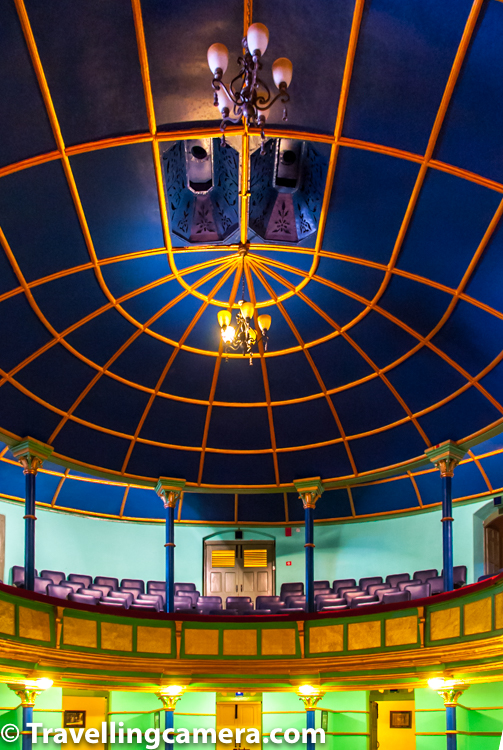
The very first step of practicing Architecture Photography is - Identify the location or place which you want to shoot :
If you deliberately want to focus on Architecture Photography, practice is only way to learn basic things & continuously learn from good as well as not so good results you produce. Above photograph is clicked inside Gaiety Theatre in Shimla, India.
Some of the buildings, bridges, parks, structures around you can offer great opportunities to practice Architecture Photography.
Some of the heritage buildings, museums, & government buildings can be fantastic places to explore Architecture Photograph. You get plenty of opportunities to play with exteriors, interiors, finer details, colours, shapes, texture, shadows etc. I have been fortunate to be around Delhi where I get access to some of the most beautiful British, Mughal and modern architecture with huge variety, scale, shapes & colours.

Prepare well before you start shooting :
- Know more about the building, it's history and why it's popular.
- Look at sample photographs to get inspiration and try different ideas, before you start generating your own ideas.
- Spend good amount of time exploring the space well.
Creating impactful photograph needs lot of home-work before you press that trigger on your camera. And in case of Architecture photography, you have various things which can help in doing effective home-work.
When you have identified a place you want to click, do some research about the place - when was it built, what was the need which made someone build it, who architected/built & what kind of material used, architecture style, any special features etc. This would help you know some special feature of the building you may want to shoot when you go there. For example - before going to Red Fort in Delhi, it's important to know what are different parts of this huge fort and which one is special and why. What exactly is Diwan-e-Aam and how it's different than Diwan-e-khas - conceptually as well architecture wise. And in 1600s, how architect thought of taking care of weather conditions etc. Then you will be able to click meaningful photographs with more relevant stories associated with them.

When you have done that, next you may want to check available sample photographs on internet and see which photographs inspire you the most and why. Think how they must have been clicked and go prepared. I love clicking windows, doors and staircases. I keep checking some interesting photographs of these things and above is clicked by me, but inspired by many photographs I have seen in the past. Viewing good photographs leave some impact on your brain and when you have an opportunity, it becomes easier for you to compose well. Above photograph is clicked inside San Mateo History Museum in California.

Now that you have researched about the place and know what kind of photographs you want to click, it's time to go to the place and spend enough time around the space to know it well. Walking around the space, inside as well as outside helps you think in much better way about various aspects - from where you want to compose your photographs, which element is where etc. Above example is great example when I found this puddle around the church while walking around the near by market. Apart from this there was no was to get reflection of the church and I would have missed it if I would have directly gone to the church & return back without checking it's surroundings. This photograph is clicked in Cartago, Costa Rica.
Timings of the Day matters a lot - Try different times to see how lighting impacts your photographs :
As we know light conditions play a huge role in creating different kinds of photographs. So it's important to decide at what time do you want to visit a place by keeping direction & quality of light in mind. Let's take an example - you are traveling to a place and in a day you want to explore 3 places. If Photography is one of the key goals, you may want to decide which place would look better at what part of the day by keeping light conditions in mind.

The situations are different all the time. If there is building around you and you can go there multiple times, you can try going there during early morning till sun-rise and then next visit during sunset & till blue hour. For example, above photograph shows a dam during Sunset time and clicked at Albuquerque in New Mexico state of USA. Can I create this photograph during the day or sun-rise - No. So timing matters a lot.

Cloudy skies, snowfall or fog can add different punch to the mood of the photograph. These elements can be make a simple view more interesting. Above photograph is clicked in Spiti Valley of Himalayan State of India.
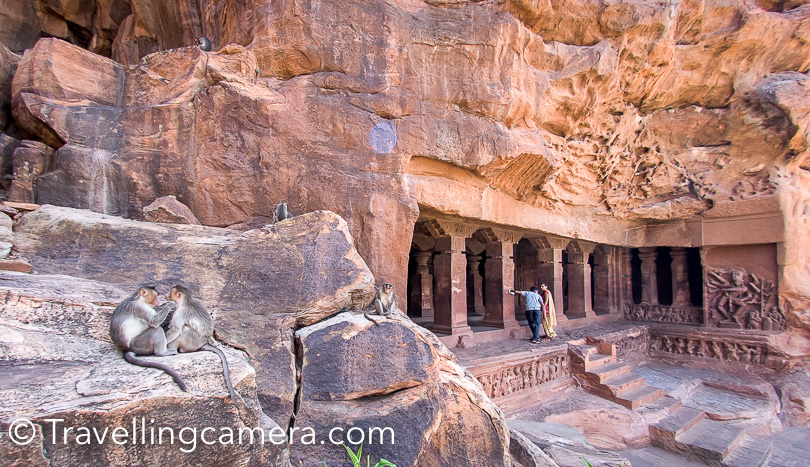
Another aspect if including humans or important aspects of an architecture. Above photograph is clicked around Badami Caves in Karnataka State of India. There are so many monkeys around this place. If you wish, you can avoid monkeys in your frame but adding some interesting actions by them in photograph can make it interesting. So you may want to include people about how they use the building and its surroundings.
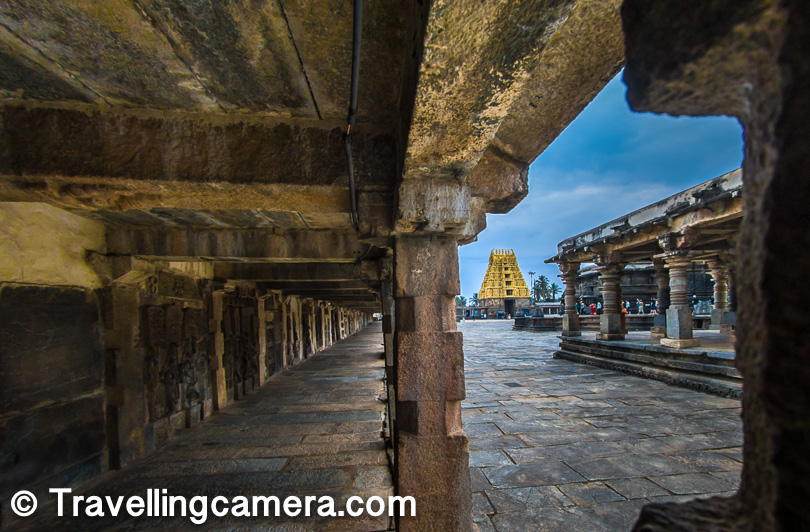
Be Creative with Perspective when clicking Architecture Photographs :
When it comes to Architecture Photography, by default we get attracted to most important parts of the building or a compound. With that you lose the chances of creating unusual photographs. So it's important to look around and in unusual directions. Apart from walking around the usual routes, take different paths by being respectful about the rules of the space. If you are not supposed to climb up anywhere, please don't do that and be responsible. Above photograph is clicked by placing the camera in a hole and tried multiple shots. Alignment is corrected later in post processing. This photograph is clicked in Belur Temples in Karnataka State of India.

At times you can try getting close shots showing some specific elements and focusing on particular details.
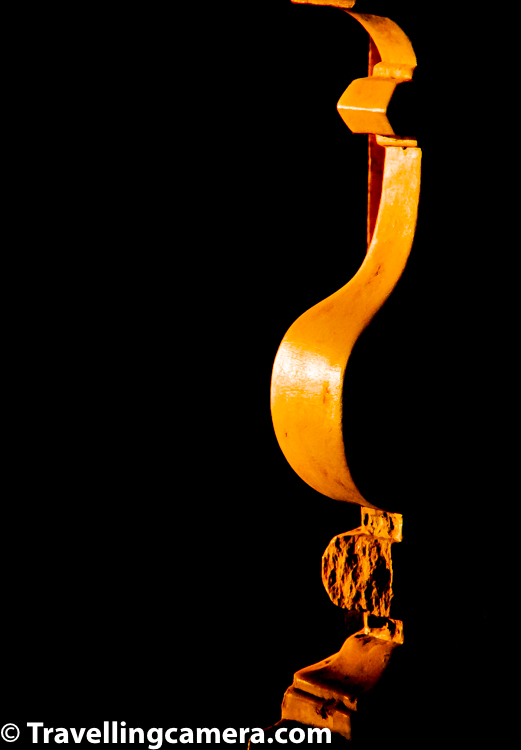
You can also create some amazing abstract photographs by zooming into some special textures, shapes, colours, light-shadow play etc.

Try filling the entire frame which creates curiosity about size of the space or what's behind that pillar, Is this circular or some other shape etc. It's important to go inside the building and shooting some interiors. Watch video below if you are more interested in Interior Photography. Above photograph is clicked inside Memorial Church of Standford University.
....
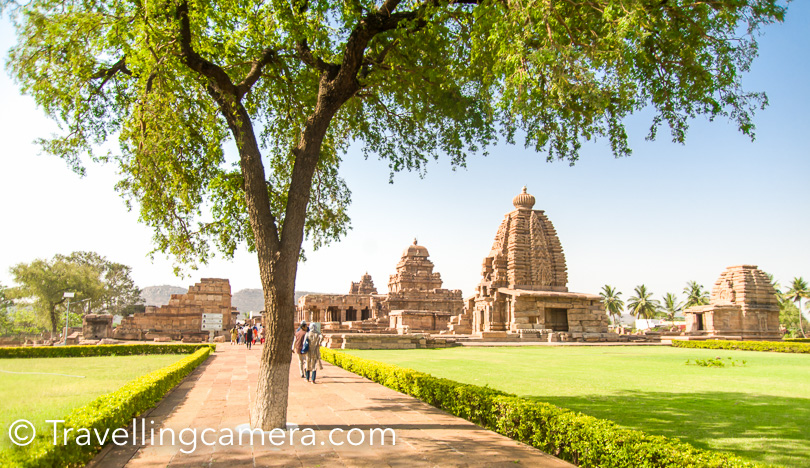
All common rules of Compositions apply to Architecture Photography as well, so be ware of that to make best use. For example, above photograph shows tree as framing elements fo the temples in the photograph. Above photograph is clicked from entry gate of Pattadakal Temples in South India.
And last but not the least, keep changing camera directions b keeping a sharp eye on the view and you will find some great photographs. Above photograph shows a photograph clicked by pointing camera towards sky. This photograph is clicked in streets of Churu in Rajasthan State of India, which is famous for it's Havelis and Frescos.

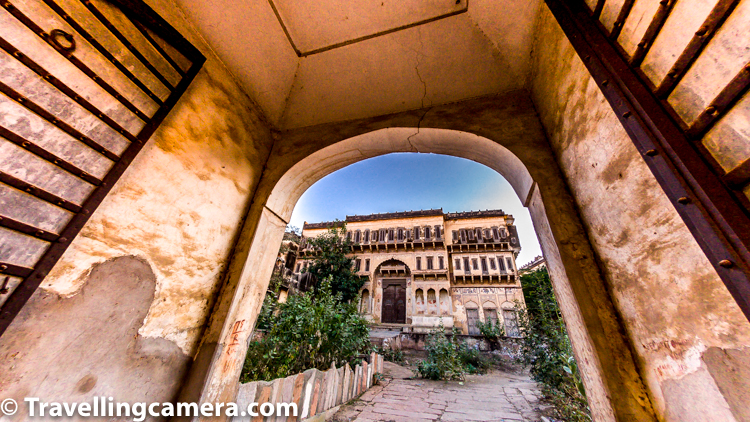
.jpg)
.jpg)

.jpg)
Comments